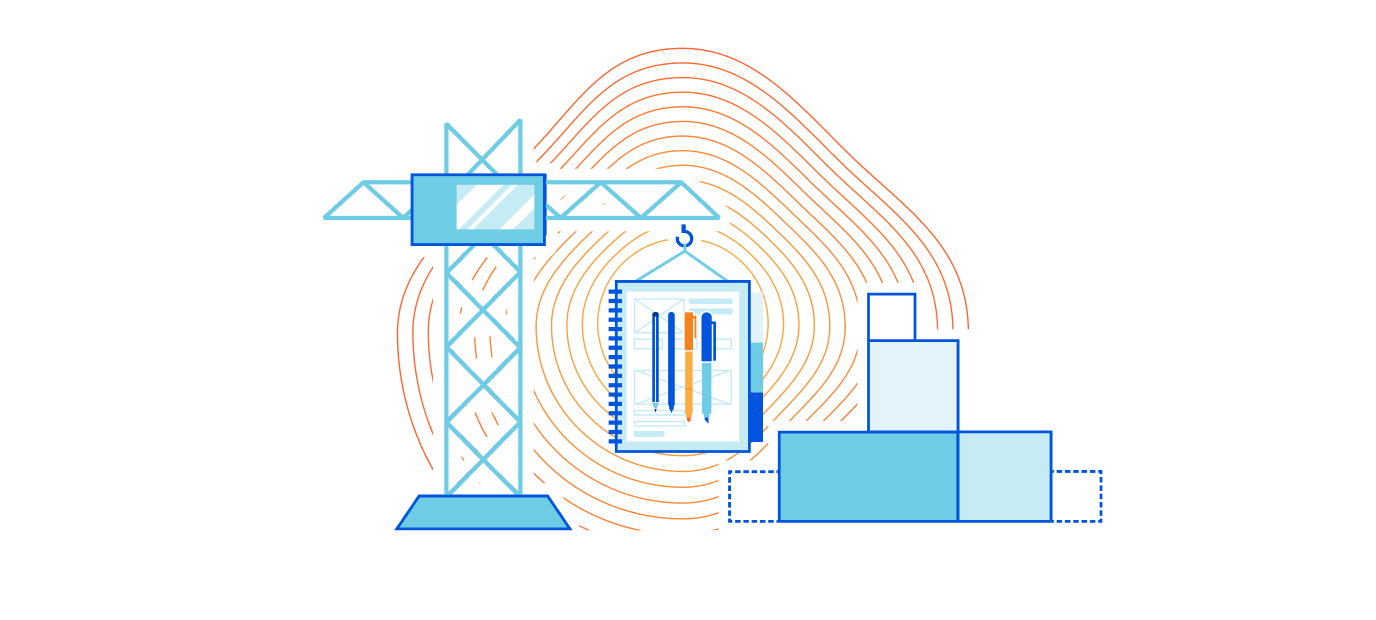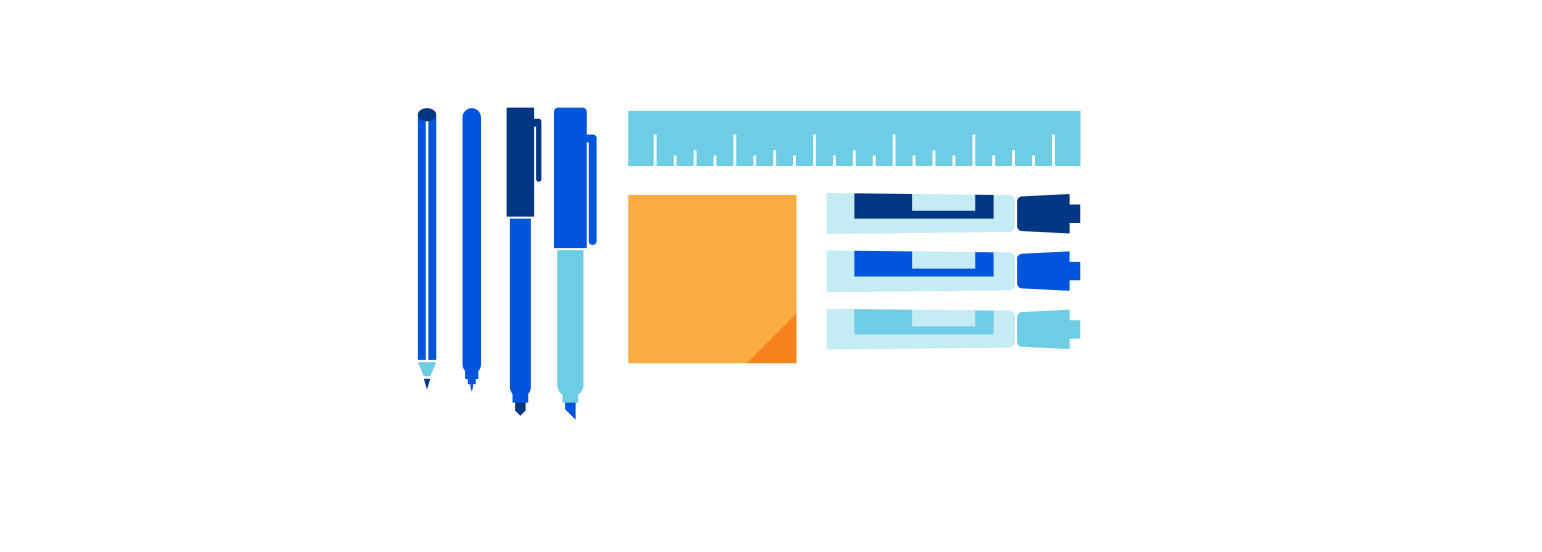
At Cloudflare, we talk a lot about how to help build a better Internet. On the Product Content Experience (PCX) team, we treat content like a product that represents and fulfills this mission. Our vision is to create world-class content that anticipates user needs and helps build accessible Cloudflare products. We believe we can impact the Cloudflare product experience and make it as wonderful as possible by intentionally designing, packaging, and testing the content.
What is “content like a product”?
I like taking on projects. A singular goal is met, and I clearly know I’m successful because the meaning of “done” is normally very clear. For example, I volunteer some of my time editing academic papers about technology. My role as an editor is temporary and there is a defined beginning and end to the work. I send my feedback and my task is largely complete.
“Content like a product” is when you shift your mindset from completing projects to maintaining a product, taking into consideration the user and their feedback. Product content at Cloudflare is an iterative, living, breathing thing. Inspired by the success of teams that adopt an agile mindset, along with some strategic functions you might find in a product management organization, treating content like a product means we treat content much like how a software project is created and maintained. This strategy allows for content development behaviors that closely align with the release of actual products, while also allowing technical writers and content designers to be laser-focused on doing what’s best for the user.
Adopting a product development mindset
When the content team was new, we initially adopted many traditional agile methodologies. Why agile? Before I joined Cloudflare I was a product owner and was a huge advocate for sprint planning, retrospectives, and daily stand-ups. I liked Agile — I could easily keep up with a technical team, focus on priorities, and get things done quickly and efficiently. However, the rigidity of agile was just a bit too much for a content team. Over time, we modified and chose our favorite parts of the methodology while letting the rest go.
Shifting to a product development process created a lot of flexibility, but we didn’t want to abandon all process. Situationally, we take a process-focused mindset. For writing tasks that need to be predictable and consistent, like choosing inclusive terminology throughout our documentation, we have automated and manual processes to ensure we’re following our best practices.
Aligning content to the product development process means that when a new product is shipping, we have developer documentation ready to publish. Whenever the UI of the product changes, screenshots in the docs are updated accordingly. When new features are launched, we provide how-to guides and configuration content. Better alignment with the product team not only means the content team maintains accuracy of staying on top of all changes, it allows us to be user-focused. Above all, writers are aligned to the most important priority — shipping fast and often.

Shipping content — fast!
As you know, Cloudflare ships fast. You can see just a small sample of what I mean by fast here, here, and here. That speed was driven home within my first few weeks. I started just before Birthday Week 2020, and was super excited because I just wanted to jump in and create a lot of great content. But wow. What an intense start time. After Birthday Week, my main concerns were how to balance quality while meeting demand. I also wanted to create a quality environment for a team.
In retrospect, Birthday Week was a great time to start because it highlighted that keeping pace with products was going to be a big priority. Here’s how the content team met the demand.
First, the writers and I established that our focus was creating the most important content for the user, which allowed us to establish a product development mindset. We were now aligned with the product team.
Second, we moved content to an open source platform. This helped writers ship content fast because our authoring tools were consolidated to fewer platforms, and we were now in the same environment as our users.
We actually started publishing content as fast as products shipped within a few months! The content team began chipping away at the backlog once we understood the product team’s release cadence, and within less than six months we were ahead of the backlog and focusing on bigger initiatives including how to make content accessible, more consistent, and approachable to a wider group of users. It happened fast and was thrilling as a content creator.
The open source authoring tools on developers.cloudflare.com have evolved since 2020, continuing to help writers and contributors publish content faster by improving the review and build processes. We moved the docs platform to Cloudflare Pages earlier this year, allowing the writers to help build a more robust open source docs community while also providing valuable feedback to the Cloudflare Pages team.
Conclusion
Adopting a “content as a product” strategy requires buy-in from product managers and engineers, but it scales really well once established because everyone is focused on supporting the user versus the specifics of a content strategy itself. We go through the same planning, research, and analytics tasks you might find for a product to identify if we are creating the right content for folks who read the docs or use Cloudflare products. While everything we do with content is done so that we can create better content for our users, we also intentionally communicate that the content strategy is just a tool that enables a great user experience.
Over the next few weeks expect to see more about how Cloudflare writers have embraced the “content as a product” methodology as part of their own specific roles. In addition to learning more about how the developers.cloudflare.com site was moved to Cloudflare Pages, writers will share how they leaned into content creation for an open source community, their journey from technical writer to UX writing and content design, and share more specifics about our content strategy including the customer journey and success metrics.
I’ll admit. I’m fortunate to work for a company with overwhelming support regarding content. Great documentation is important to so many folks, and we’ve created the type of writing environment I always wanted to be a part of. It’s an exciting time to be helping build a better Internet through excellent product content.

